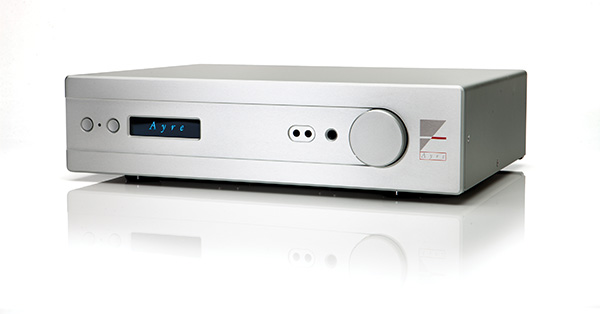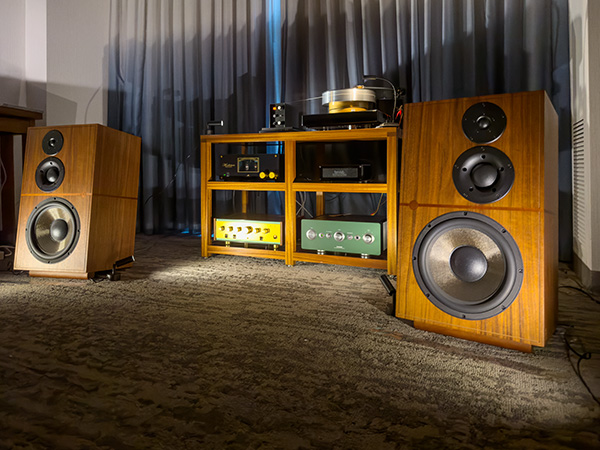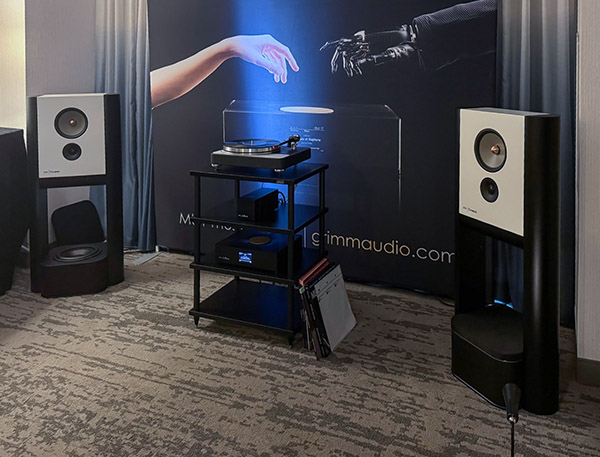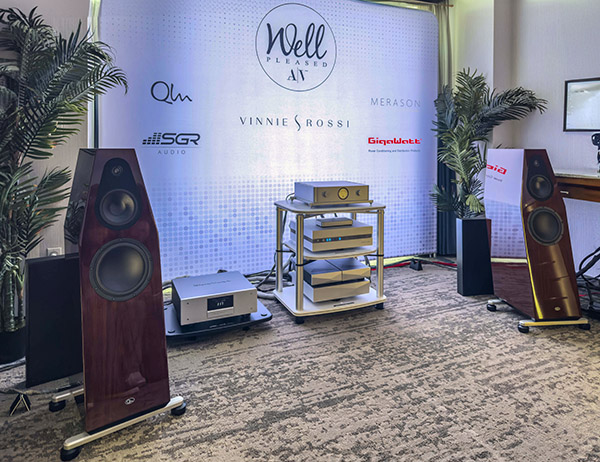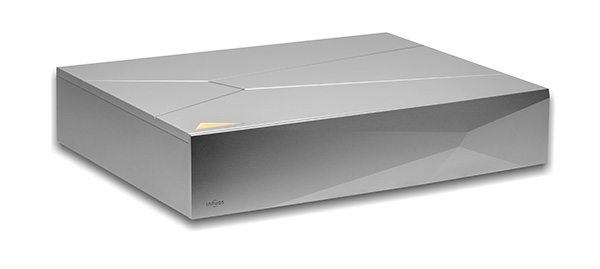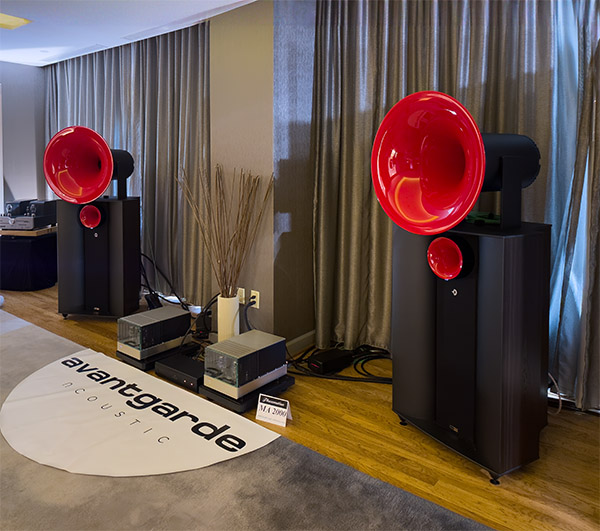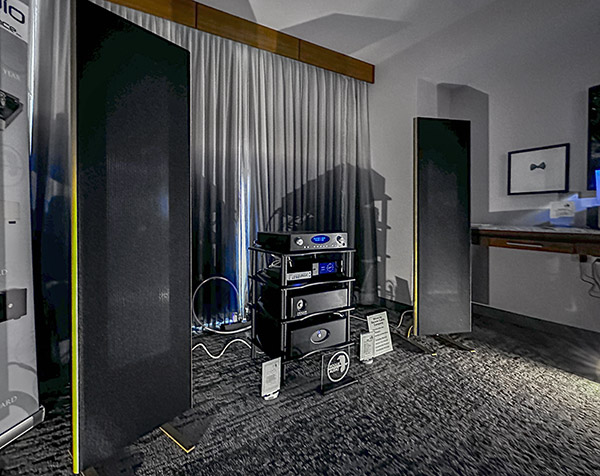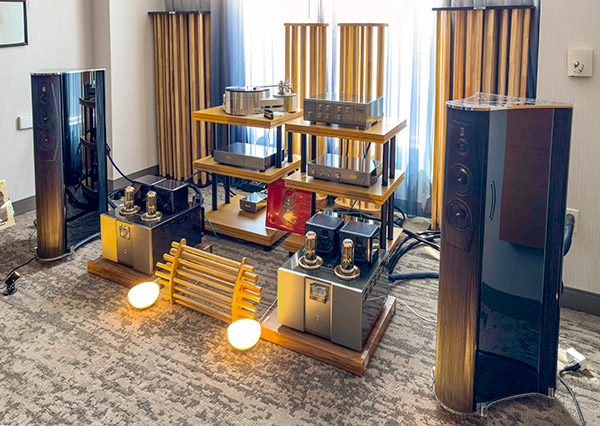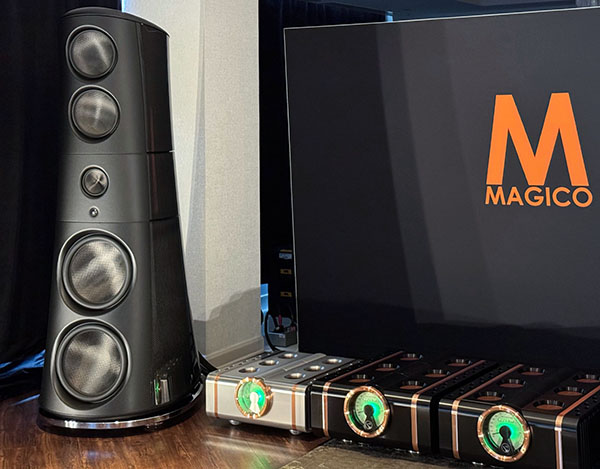LATEST ADDITIONS
Ayre Acoustics KX-8 preamplifier
The most recent of these preamps was the MBL N11 that Jason Victor Serinus reviewed in July 2021, which was preceded by the Pass Labs XP-32 I reviewed in March 2021, the Benchmark LA4 Kalman Rubinson reviewed in January 2020, and going back even further, the Ayre Acoustics KX-R Twenty I reviewed in December 2014, which was one of the products Ayre released to celebrate its 20th year of operation.
I am now reviewing the KX-8 line preamplifier, which costs $6500 in basic form.
Tone Imports and Pitch Perfect Audio: Beyond Muskrat Love
Grimm Audio at AXPONA: Brushstrokes in the Air
Well Pleased AV, QLN, Vinnie Rossi, Merason, Innuos, GigaWatt, SGR: No Vinyl, No Problem
Innuos ZENith Next-Gen Streamer-Server
Though similar in many respects, with a very similar appearance, these two productsthe ZENith Next-Gen and the ZENith Mk.3are very different beasts. There is one rather obvious difference: a CD slot on the Mk.3 (with, of course, a CD drive inside), which makes it easy to rip CDs to the server's internal memory. This feature is absent from the more purist ZENith Next-Gen. But with the Next-Gen you can have your cake and eat it: Attach any USB CD ripper to one of the USB ports, and it will work just the same as the built-in ripper on the Mk.3. The other differences between the Mk.3 and the Next-Gen are less obvious, but those differences go much deeper; see the Details section in this review.

